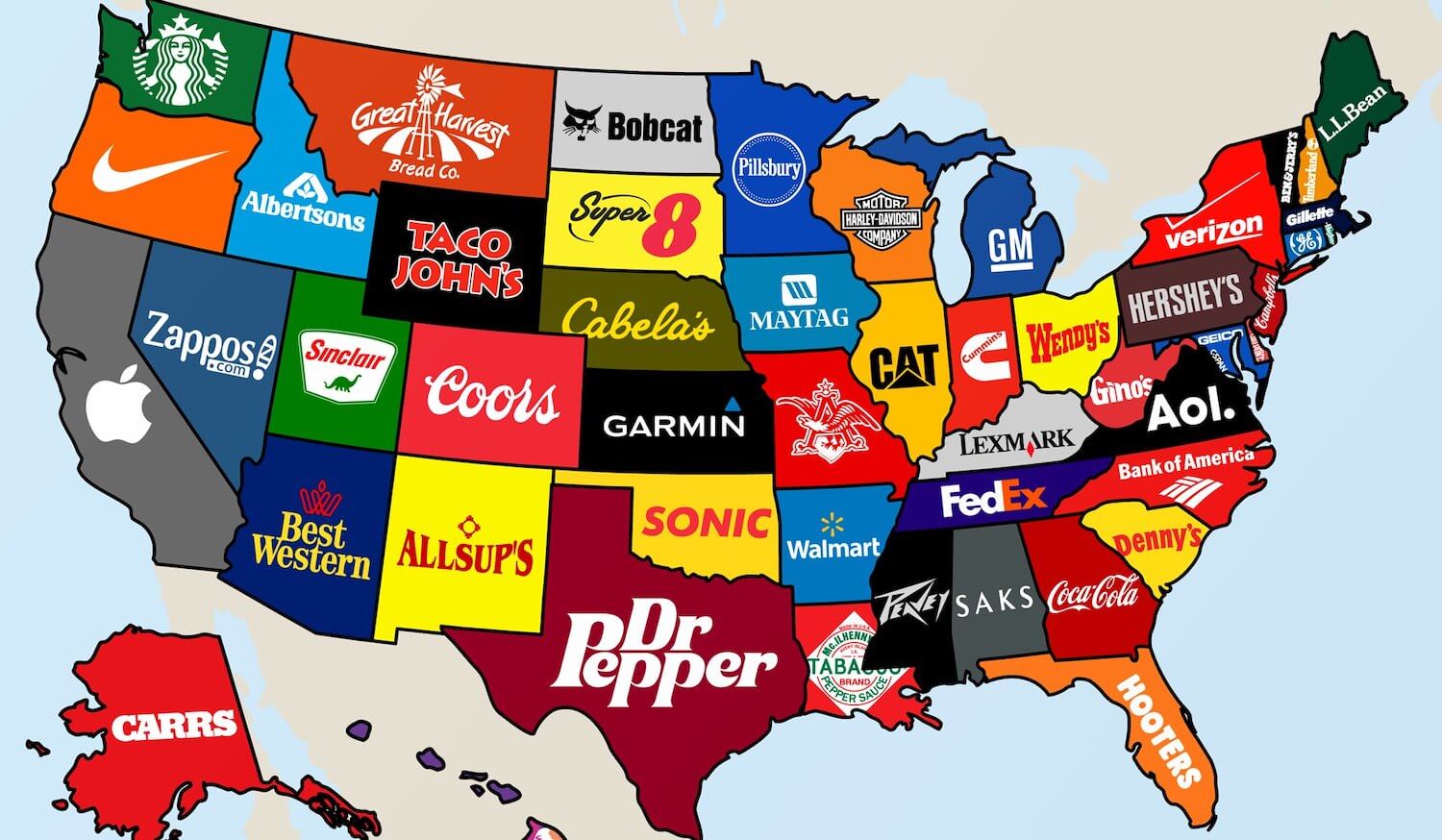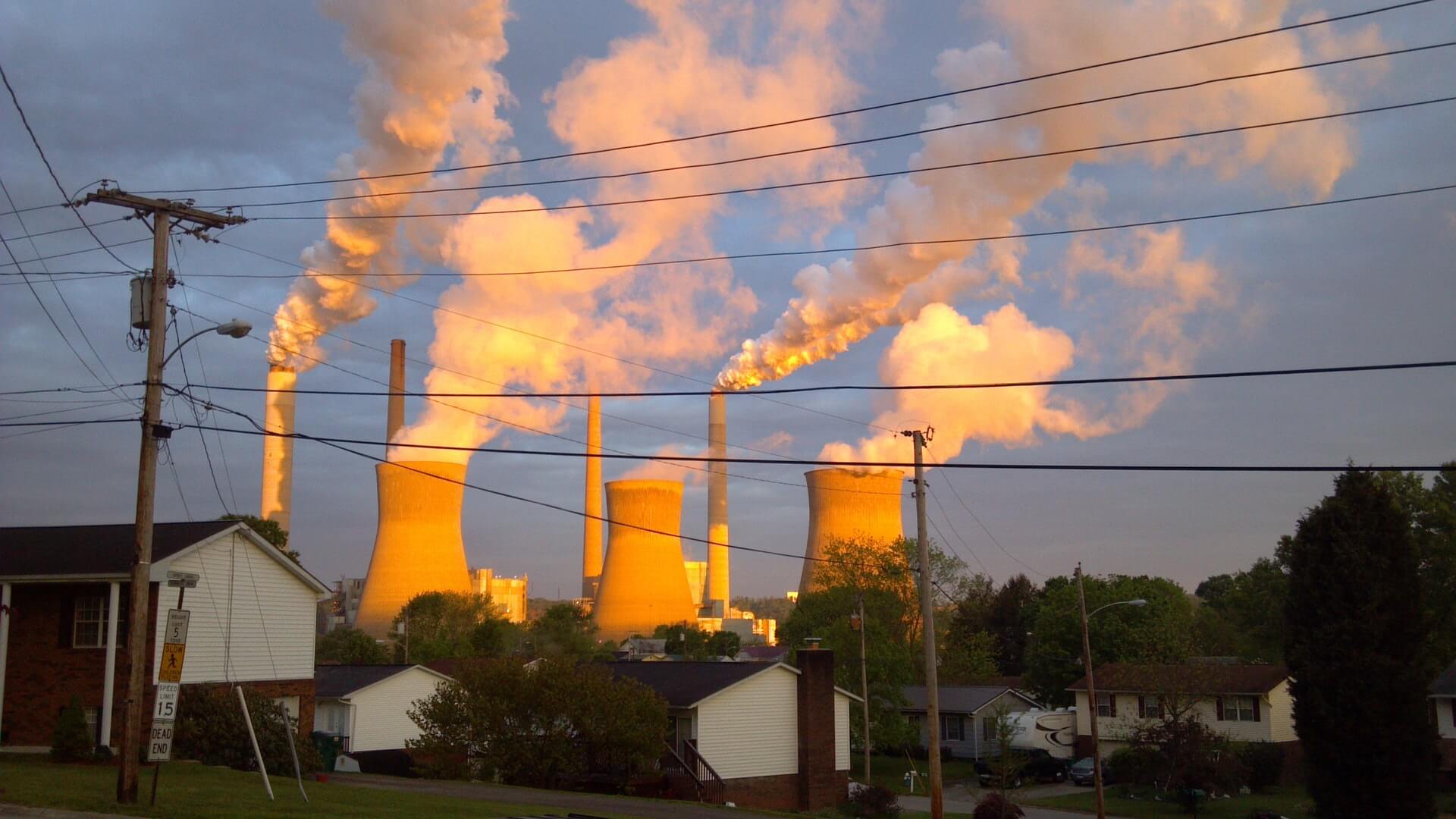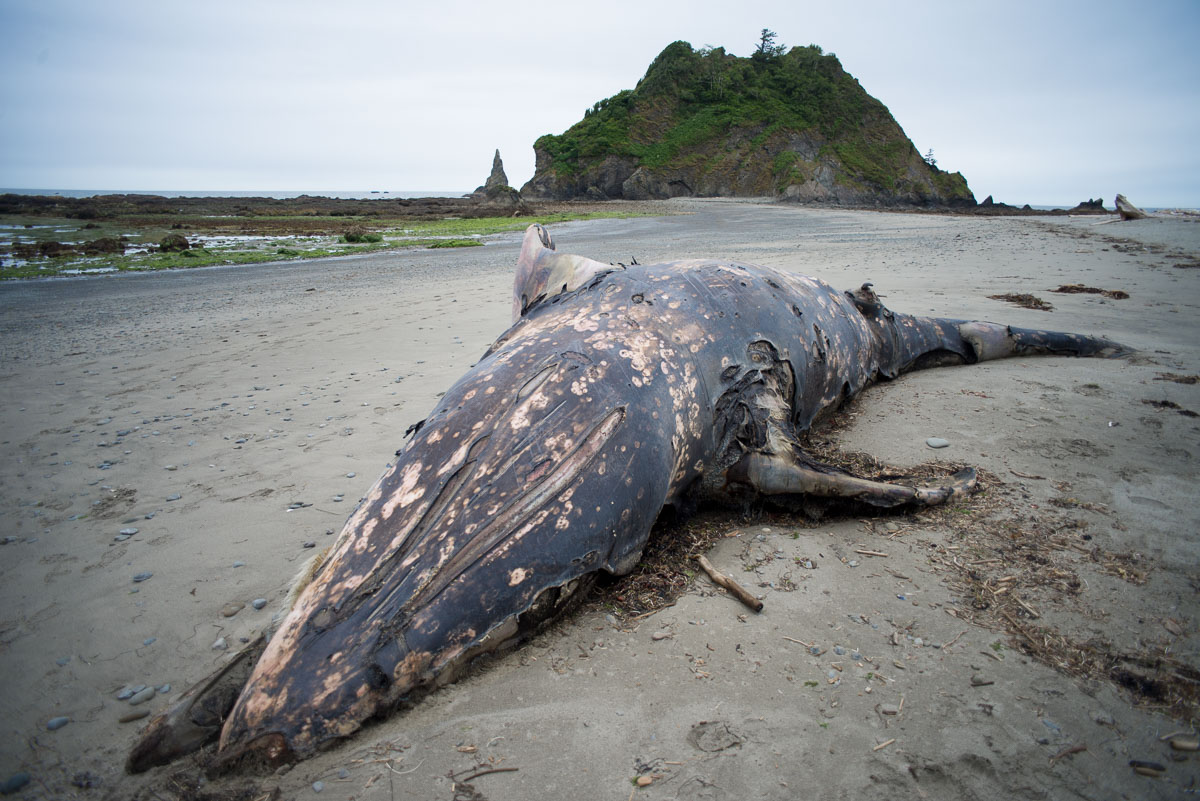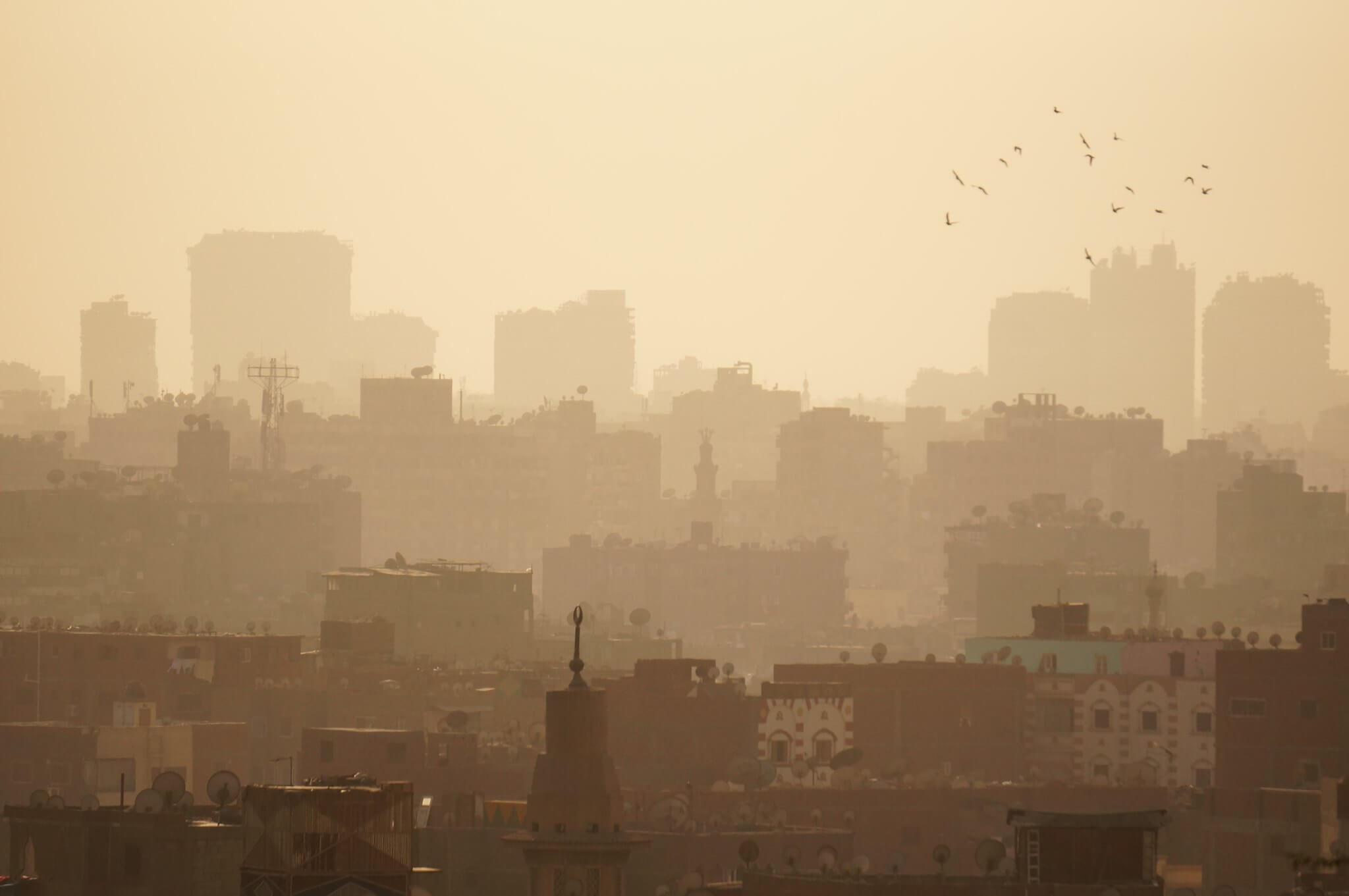
Lockdown Leviathan, Liberate Nature: A Report from Bangalore
How is the coronavirus crisis affecting Bangalore? In this piece, Suprabha Seshan considers the fragrances of lockdown, the clearing of beautiful skies in the heart of one of India’s biggest cities, and the brief halt to the concrete machinations of industrial living.
Locking Down Leviathan
By Suprabha Seshan / Counter Currents
The streets of Jayanagar, a residential area in Bengaluru are strewn with spring flowers. Yellow copper pods, lilac crape myrtles, pink-and-white honges and orange gulmohurs blaze overhead and underfoot; vitality and senescence mirroring each other. The normally hard surfaces – kerb, pavement, road and concrete – are softened by fallen petals and the duff of stamens from rain trees. Every flower seems more brilliant, more beautiful now; the air is clear for the first time in decades. Jasmine has never been so scented; the breeze is free of fumes. Koels have never sung so loudly; the city isn’t blaring and grinding. Every thunderstorm clears the grime even more. My senses too, are unrestrained. The same world is even more lovely and I take in everything without resistance. Experience is heightened naturally.
I spend my lockdown time fantasizing forests out of the cracks in concrete.
It’s even more clear to me now that life so wants to live, that air can clear and waters can sparkle, and that breathing can happen without a struggle. I fantasize about human community forming around these petals, walking and talking with each other, playing badminton or cricket on a quiet street, without the screeching machines, without the danger of being overwhelmed by emphysema, cancer, diabetes, pneumonia, tuberculosis and atherosclerosis; and other ailments of the modern world. Wherever I see non humans, I see health. Even those classified as vermin are mostly just cleaning up human filth. Wherever I see artifacts of industrial civilization, I see ill-health and disasters. Everything from paper and cloth to metal, steel and plastic – everything fashioned in the furnaces of industrial scale machinery and delivered to people like you and me – has debilitated the planet as well as our bodies. Everything has had blood in its making. Meanwhile, here is the surge of life, in the cracks of this tar, up in the trees, swirling through the skies and in the water; a vitality surging to ease us of our misery.
It seems to me that civilization is the disease we need to rid ourselves and the planet of.
By we, I mean all humans, all life forms, all present and future members of the council of beings. Including viruses (inextricable members of our microbiomes). Perhaps Covid-19 is the evolutionary challenge that will mutate humankind from psychopathy and victimhood, to communities more compassionate, life-loving and planet-friendly.
Here is beauty bursting and then dying for more beauty. I have never been so happy in Bangalore, nor so long removed from the forest where I have lived for nearly three decades. But the ebullience of the air, light, birds, sky and the trees – make my skin and organs, limbs, senses and mind, its own. The natural world is here too, embracing and not alienating me, even if I hanker for the ancient biome that is my adopted home. Every being here, is part of the vanguard of something primordial; enlivening everyone and everything; grace appearing through light, leaves, flesh, feathers and fur. Here are baby forests, grasslands and thorny thickets waiting to spring forth, offering kinship and solidarity. I’m not so alone. There are many of us here in the frontline of dissembling the body of modern civilization. We’ll find room for all beings. Even the vermin who make sure humans don’t get too cocky in their pursuit of sterility.
I venture to the grocery store most days; little walking reprieves. I also perch often on the parapet top of my mother’s apartment complex; my own lockdown eyrie. Barring the trees, the sky, the birds, the winds, and human and other mammal bodies, all around and as far I can see, are the things of civilization. Every single one of these has been made by humans. With or without machines. Everything is made, assembled, glued together or welded – by people. Fashioned and fabricated with materials from the land, from the cratered bodies of non humans; from living communities around the living earth.
I also spend lockdown time, conjuring memories of the people who made this city, and continue to keep it going. I imagine the sweat-slick torsos and limbs of men and women who made this place – this culvert, this bridge, road, tarmac, and kerb. I walk around buildings of all sizes and shapes, buildings their creators are proud of. Every contractor, owner and resident considers each of these important and necessary. Also beautiful and profitable. I imagine the glistening, strong and slim bodies of the labourers who laid every brick, carried every cement sack, masoned every wall and floor and ceiling. I think of the lives that went into making these.
Concrete structures are the skeletal basis of modern existence.
Despite the technology, they are still built like the pyramids were, by millions of poor and displaced people brought in. Co-opted and tempted perhaps; driven by aspiration or just strife and despair, masses of poor people have built the monuments and neoliberal palaces of the 21st century. How many suffered to make the concrete jungle? How many organs, tissues, senses and minds died to make this drain, or repair it? How many lungs, livers, uteruses, guts, skins, kidneys, brains and gall bladders gave in to the cement, smog and steel died, so the elite could exalt in these?
Around the corner, are the vegetable vendors. Around another corner, the grocers (everywhere the security guards and the police.) All part of this way of life, men and women doing their thing so the city folks can live. Hauling, caring, cleaning, fetching and selling, each in their own way, so we can live. Almost everyone hailing from somewhere outside this city. I stop to pick up some essentials – onions, drumsticks, atta, eggs and milk. Again images arise in my mind, but they’re palpable. Just beyond the precincts of the metropolitan area, are the farmers.
Every floret and gourd; tuber and grain; fruit, seed and lentil in these shops is from the land, worked by brown bodies through the seasons, over decades.
By now millenia. The peasantry working so the citified folks can eat, and create civilization. Below their rural bodies is the brown, black or red earth, sometimes rich and fragrant, circling death into agro-ecological community. More often than not – the land is hardpanned, cracked, exposed, depleted and toxic with dangerous chemicals, dying there as I, here, pick and choose my next meal. Right now, I am indelibly classed as a consumer. Living in a rural area normally, and growing mutualistic bonds with farming and tribal neighbours, I have a sense of what it might be like simply to gather, or partake of the bounties of the earth more directly. But right now, I’m confronted with the fact, that behind these potatoes and tomatoes I buy today, are lands worked even harder than the bodies of the humans working them, who are worked by the rest of us, to fill the tables and larders of the city. The effects of this citified existence, have spread to every part of the planet.
There are no places—no island, nor mountain nor ocean trench—untouched by the egregious wastes of industrial civilization.
Migrant labourers number some 30 percent of the population in India. No one’s appalled by this it seems. People forced to leave home and work far away so that their families can have food and shelter, who enter inhuman conditions, breathing noxious air thick with pollutants, asbestos, cement, smoke, smog, polyurethanes and tar. They live in shanties, stacked up around each other, instead of their villages and forests. The agricultural economy has failed. Gargantuan industrial projects are taking over; special economic zones, highways, ports and landfills spread over vast areas of the land, asking no one’s permission. Meanwhile people are removed from those lands to build those same projects or come into the cities to build skyscrapers, malls, monuments, gated communities, theme parks and tower-block offices for wealthier people. No one is appalled by this. It’s taken for granted that all these have to be built. Upper-class people pay for their square footage of property, and all their accumulations inside, in denial that everything has been stolen. Besides, who’s to pay for the well-being of the poor, and especially of their bodies? Is there some natural law that governs the corpulence of apartment dwellers, and the emaciation of the people who built their buildings?
In The Culture of Make Believe, the author, Derrick Jensen writes:
“For us to maintain our way of living, we must tell lies to each other and especially to ourselves. The lies are necessary because, without them, many deplorable acts would become impossibilities.”
The word that comes to mind right now is parasitism. But as a conservationist and neoforest-dweller, I have come to respect the parasites of the natural world. I’ve observed how they contribute to the resilience of the forest, and to the living community as a whole. What of these elite humans then? What of people like you and me? How do we contribute to the living community? Do we, at all?
Native American writer, scholar and political activist Jack. D. Forbes has another word for this. Wetikos. He has termed this condition of modern humans, as a form of cannibalism, or wetikos, which means sickness in Cree language. In his book Columbus and other Cannibals, he outlines disturbing examples that show how wetikos defines modern civilization and how it is spreading like a contagion across all cultures, a sickness whose symptoms are rape, greed, caste-ism, class-ism, arrogance, cruelty, warmongering, slavery, psychosis, and exploitation of another for one’s own profit.
Wetikos is a psychic disease, a virus of the mind and soul.
That humankind was sick, stressed, disordered and plagued in a million ways long before Covid-19 got out, is a point that few are in the mood to appreciate right now. That plastic microfibres have found their way into the flesh of every child being born, depressing all our beautiful bodies from their natural birthrights of vigour and vitality was a fact shrugged off long before the virus hit. That one-in-four persons suffers a mental illness, that this is a sign of insanity of the culture as a whole, had not been adequately dealt with at all. That one-in-four women worldwide risks being assaulted or raped, is on the backburner now. That the world was already in its death throes from the annihilation of the biosphere, long before December 2019, has become irrelevant. For this, the newreels din into all living rooms, is the mother of all pestilences, this Covid-19. This terrifying, raging disease is striking the elderly and the weak, those already suffering in areas of high pollution and cramming, burdened by compromised immune systems. Covid-19 is bringing modern civilization to a shocking halt, unleashing all kinds of psychological, social, political, ecological and tectonic forces. This way of life is dissembling quickly, so let’s not talk about how this way of life came to be.
Historian Arnold Toynbee wrote that civilizations are never murdered, they instead take their own lives.
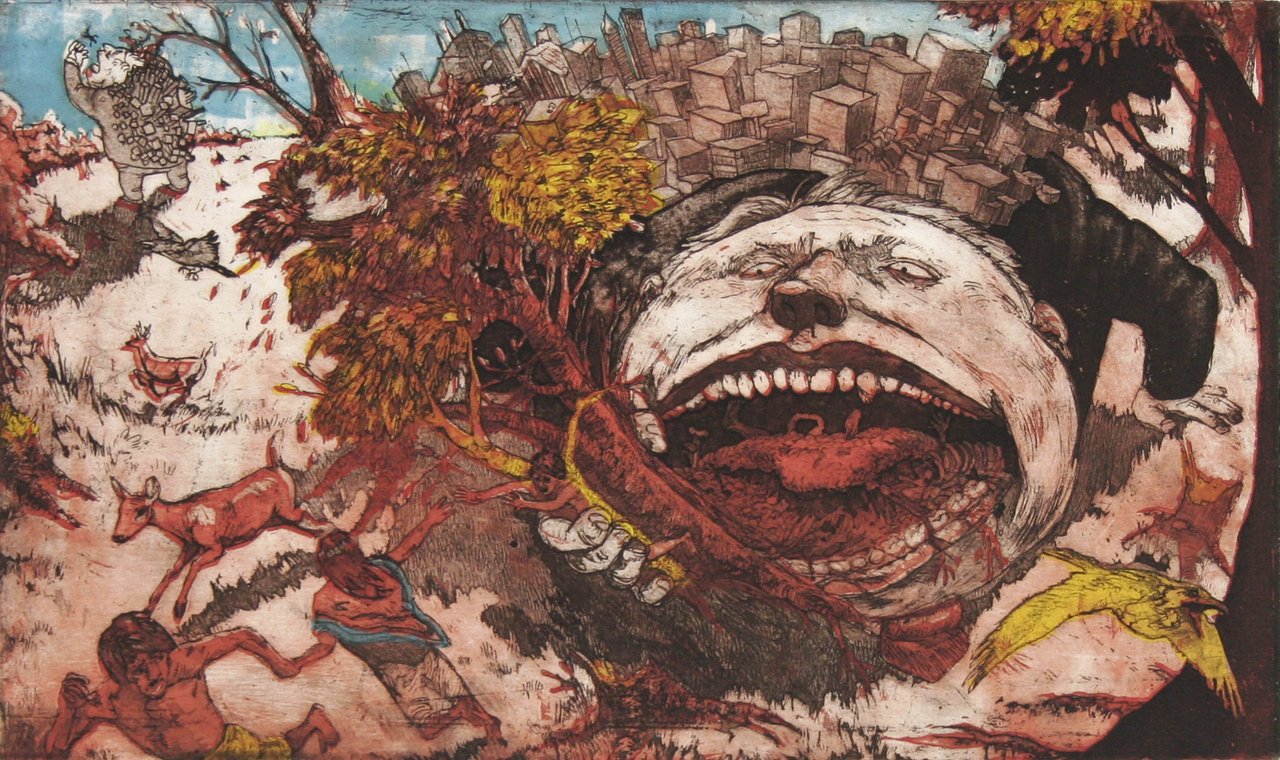 Whether you agree or disagree with his analysis, it’s true that all civilizations have collapsed. A few got rebooted, but all have gone down. They had an average life span of 300-odd years and ended from a slew of causes: overshoot and drawdown being the most common. They were also top-heavy with large discontented serf populations. They were also broken by war, internecine conflict, natural disasters and diseases. Starting out with chieftains, little societies grew to kingships and empires with the birth of agriculture and militarized polities. They ended as civilizations, and almost all suffered tyranny or civil breakdown.
Whether you agree or disagree with his analysis, it’s true that all civilizations have collapsed. A few got rebooted, but all have gone down. They had an average life span of 300-odd years and ended from a slew of causes: overshoot and drawdown being the most common. They were also top-heavy with large discontented serf populations. They were also broken by war, internecine conflict, natural disasters and diseases. Starting out with chieftains, little societies grew to kingships and empires with the birth of agriculture and militarized polities. They ended as civilizations, and almost all suffered tyranny or civil breakdown.
The culprit in the Covid-19 crisis, is globalization itself (that is, the modern industrial world with runaway capitalism dovetailing into fascism). Through its own interactions, materials, infrastructures, conduits, networks and arrangements, the 21st century civilization is the main vector of these diseases. Not some bat, rat, bird or virus alone. The precondition for the havoc caused by the virus is the destruction of the natural world through the predatory spread of a rapacious mentality fueled by extraordinary congregations of people in lethal conditions. Long prior to the arrival of the virus. Infectious diseases are now spreading faster than at any time in history. It is estimated that 4.3 billion airline passengers travelled in 2018; an outbreak or epidemic in any one part of the world is only a few hours away from becoming an imminent threat somewhere else.
Humans are not strangers to death or to suffering.
Even if they’re afraid of it, and the manner by which they will die, they are not strangers to it. No living being is. The world death clock tells us that per year: around 56,000,000 people die, and per month: 4,679,452 and per day: 153,424.7. Per hour: 6,392.7, per minute: 106.7. Per second: 1.8 persons die.
1.9 million people have died by April 20th 2020, due to cancer alone. 10 million children are in slavery today, as forced labour, sex traffickers and war soldiers. A Lancet Report from WHO-UNICEF says: “By 2030, 2.3 billion people are projected to live in fragile or conflict affected contexts. Climate change, ecological degradation, migrating populations, conflict, pervasive inequalities, and predatory commercial practices threaten the health and future of children in every country.” The WHO website also says that every year the lives of approximately 1.35 million people are cut short as a result of a road traffic crash. Between 20 and 50 million more people suffer non-fatal injuries, with many incurring a disability as a result of their injury. Why has this not caused panic, outrage and system shut down, as Covid-19 has? How has this virus attained god-like proportions, or the reverse, a devil-like stature?
Everyone knows the rules of the modern world – the victims, workers, farmers, indentured labourers, child workers, domestic servants, and also the elite. These can’t be spelled out this very moment, it seems. In this sensitive and vulnerable time for humankind, there’s a lot of resistance to history. Who is being victimized to serve whom, is not a hot topic. For who is there to listen? Everyone is only thinking Covid-19.
This is a time, when anything can happen.
And so it is a time when everything matters. Everything. So greater vigilance is required, not only against the virus, but against wetikos amassing power. In such times human psyches are even more vulnerable. Fear can make victims protect their abusers. It can make their psyches extremely suggestible.
The fear of death by Covid-19 has made the entire human race extremely compliant to authority. It has also unified a few in a bid against civilization, or its current avatar, capitalism. As the towers, pillars and edifices being built by migrant labourers stay silent, as the cement mixers stop, as the cement dust settles, as the black smog from land vehicles and planes disappears, some kind of cancellation is happening. Terror on the one hand, and resurgent atmosphere and hydrosphere on the other. Never before have despots and tyrants had such compliance, never before has human resilience and community been so compassionate and far reaching, The privileged and educated are shut in – skyping or zooming each other; the poor are corralled and shut out, in huddles with each other. Nobody lifting a finger in utter despair and outrage that this dream-of-dreams is falling apart, that this thing that everyone had aspired for is hollow, that this shiny, sterile, and smooth modern world is itself the bearer of death. Slap in the face from mother nature, some people say. The future does not exist anymore, a horror greater than slavery, war, patriarchy and climate catastrophe. Every person now hooked into the modern world, is already lonely and desperate, smogged out, concreted over, tarred and painted; in the vice of steel and super machines. Why are we not aghast at the betrayal, be we well-fed or poor? The Covid-19 horror, as portrayed by the mass media and the authorities and by every human alive, successfully erases all previous horrors.
The earth is breathing again.
Listen. Feel. Your skin and eyes and heart will tell you. Everyone’s lungs, barring the ones infected by Covid-19, are clearer and stronger again. Everyone’s bodies are freer of toxins and fumes, for just this moment. Immune systems are rallying. Everyone’s minds can take a break, get some kind of nervous system rehaul, for just this moment. While my heart (not yet locked down) goes out to patients who cannot access health care, and my arm (not yet locked down) rises in solidarity against the victims of domestic violence – right now – this is a situation that could turn for the better. If only we listen to the natural world, to human community, to air and sky and birds and stars, to the plants and animals near us, a more vibrant immunity could kick in. For just a moment, can we celebrate the freeing of all our lungs (every being that has lungs), and the breathing of our skins (every being that has a skin) and the opening of the arteries in our bodies (every being with arteries and circulatory organs), and the clearer blood flowing in and out of our hearts (every being with blood), and our livers (every being with a liver)? Can we feel the easing from overwork, of our organs being fed with clean blood that comes from clean lungs, and from cleaner air? Can we put our psychoses on pause, for just this moment? Is this not a moment to find some grit of sanity? Is this not the most extreme of ironies, the freeing of the earth while the canning of humans in the viral echo-chamber goes viral? But while we listen to our bodies, and pick up the strength and clarity to defend this new-found health-in-community, we still have to care, for the isolated, the sick and the hungry. Care of course, includes defence. For the land, for the hounded and the betrayed and ghetto-ized.
The looming threat of economic collapse, and of greater unemployment and the failure of food systems and the careening of currencies are all real.
Things will get worse. Tyrants will go even more ballistic. Systems will rupture. People will turn against each other. I say, let’s gather ourselves and listen to the earth. Let us align with health and vitality and each other. Let us lockdown the wetikos.
Those slim, taut, labouring bodies are getting a respite from the ugliest and most treacherous work in industries, roads and construction sites. Those very same bodies – that the modern world has yoked to serve its own ends – who had been driven in to something toxic and hollow, what do they really want? Or is this a typically privilieged question to ask sitting in a comfortable isolation chambers fretting about the future? I cannot presume what the poor want. I cannot presume what anyone wants. I can’t even presume what my body wants, it seems to say different things from my mind, tugging in mysterious ways. I can ask however. What do the millions who make this civilization at the cost of their own bodies and communities, want? Do they want to return to the construction sites, or do they want to return to their families and stay there? Millions of people who have been lost and lonely and desperate and overworked already. This should not be subsumed to the present horror.
The worry over money is real.
Money itself, the greatest and most treacherous trick has to be seen squarely for what it is. A con job, by con men, in a con system. Equating it to happiness, full bellies, happy communities and well being, is the result of centuries of systematic misdirection. And now it’s hooked us into the super-machine that’s destroying us all. Now it’s shown its true self. It does not care; it is a bearer of misery. It has wetikos embossed into its every molecule and meaning.
Covid-19 has unhinged the foundations of modern life, and shown it for how ridiculous and fragile it is. The horror of horrors right now is that the good life (the civilized life, the citified life with bright lights, fancy machines and endless iterations of things), is not what it was made out to be.
There is no longer any place to settle, feel well, or find any kind of security. Everything ferries the virus. Well, maybe not everywhere. Amazonian Indians rush back to their forests for they fear new infections; they can be wiped out as a people. The Zapatistas have cordoned off their caracoles and hills and valleys, in southern Mexico. They will take care of themselves they say, as bad governments are showing they cannot. The state of Kerala in southern India sealed itself off long before the others. Its people, local governments and the state government humanely and compassionately took care of each other, stayed home and observed all the protocol. Cuba and South Korea are models for not only how they’ve contained the disease, but for another kind of society. Why has the rest of the world not followed these models, why the spread of systems of despotism, tyranny, fascism, and authoritarianism that so-called liberal democracy has actually given birth to? Is this wetikos at work?
Eventually the most of the world locked down and as I write, the easing has also begun.
There are other things afoot in many places, where lockdown presages uglier things, far more deadly than the virus. Millions are suffering not from the virus, but other dangers. Communalism, displacement, loneliness, fear, sealings-in, exile, lychings, PTSD. These are bound to continue. In fact, all humankind is struggling with PTSD right now, a symptom of which is the inability to see into the future. A perfect moment for wetikos, riding hot on the heels of the virus.
Global warming continues apace, it will take a few hundred years to turn that horror around, a few hundred years of the respite experienced in the last few weeks. But global warming is a symptom of modern industrial civilization in all its avatars; aka runaway capitalism, fascism, nation-states and corporate-military complexes. All these bear more viruses, more deadly plagues, together with floods and the droughts and the fires and the hurricanes. The legacies of the chaos and destruction wreaked by the men who drive the monster machines.
J Krishnamurti, the 20th century seer, says:
“It is no measure of health to be adjusted to a profoundly sick society.”
That this way of life is insane, disconnected from the natural world, from its own body and community, is still not recognized. The Dhaulagiri mountains becoming visible from towns in Punjab was not just a centennial miracle, but should be the absolute norm, the way things should be, on any day. The mountains are hidden by the smog of our excess, like lovers obscuring each other through cigarette smoke. The Ganga refreshed herself in the last two months. The waters of the Yamuna are sparkling again. The Cauvery is running cleaner even downstream of Bengaluru. All this without a single paisa being spent. Why are these not heralded in banners all around the land? That they are not, is a sign of how smoggy our own vision is, and therefore our thoughts and our experience. That the living world is still here, that it did not go away, and that the land blesses us if only we stayed at home, should be the moment to radically rethink community.
The way out of psychosis is to relate again, with humans and non humans.
The only thing I wish to defend right now, is this. The right to community. I’m fiercely protective of every living being. I daily vow to save each and all. I worship life, human and non human; every insect, bird, mammal, plant, cloud, river and mountain. The rewilding of the world will happen. Future forests are waiting, surging under the tar. From the mesh of petals becoming soil becoming weed, becoming verge, becoming community becoming safe zone for native trees, birds, squirrels and humans; community will happen. In time shrubs and climbers and creepers and trees will grow tall. Coming generations will breathe clean air. No. You and I will breathe clean air. The asphalt will crack and the roots of the thousand tiny pipal trees, I find in these alleys, will make way for the rest of nature. Pipal saplings growing out of compound walls, between pavement slabs, in the drains and culverts, on top of other trees, on tops of apartment blocks, on neglected balconies. Pipal roots will go through every artefact, every thing. In the cracks soil will form and grow fertile. Rain will sink into the ground to replenish underground springs and aquifers. I picture you and I walking through this wild land, picking herbs and fruit, enjoying flowers, birds and small animals, and coming home with a free meal.
Foraging costs nothing; there is no packaging waste.
The foods will be diverse, seasonal and delicious. Forage and forest seem to be connected words, and connected ways of being. How silly that humans are the only ones who pay for food. Instead of roads, cars, shops and malls, we could have food forests and little trails by streams trickling through cool, dappled hollows. Tall trees to climb and pick mangoes and jackfruit from. No gyms. No traffic, no honking. No rumbling cement mixers and screeching cranes swinging overhead. No drilling machines, no loudspeakers. Just us, people. Human people, dog people, butterfly people, bird people. Fish people in stream people. And pipal people
Leviathan is writhing.
It’s under assault like never before. Covid-19 has come just at the right time, to put it out of its misery. It had started to flail and turn upon itself quite a while ago. Leviathan has been afflicted by several diseases and problems, from being too large and too dependant and completely arrogant. It suffers from supremacy-syndrome. It hates its dependancy on us people. On life. It is narcissistic and cannibalistic. All its parts are plagued with wetikos, the disease of exploitation. Jack D Forbes writes that “the disease of aggression against all other living beings and the disease of consuming others lives and possessions, and people, are all the same”. Paul Levy, author of Dispelling Wetiko: Breaking the Curse of Evil writes: “we become bewitched by the projective tendencies of our own mind. People afflicted with wetikos react to their own projections in the world as if they objectively exist separate from themselves, delusionally thinking that they have nothing to do with creating that to which they are reacting. Over time this activity of endlessly reacting to and becoming conditioned by one’s own energy tends to generate insane behavior, which can manifest internally or in the world at large. As if under a spell, we become entranced by our own intrinsic gifts and talents for dreaming up our world, unknowingly hypnotizing ourselves with our God-given power to creatively call forth reality so that it boomerangs against us, undermining our potential for evolution.” Leviathan is projecting itself into Covid-19. And it will boomerang into itself. I have no doubts here.
I am done with this way of life.
Except for my friends and family, and the land and forests I’ve dedicated my life to support, I need little. I’ll leave this machine and never look back. I’ll eat ferns and forest fruit, and roots. I’ll eat less. If there’s nothing I’ll starve and fall. Perhaps I’ll die. Others can take life from me. I’m stepping away from the wetikos who champion this way of being. The only revolution that matters right now is the one that liberates earth mother and all her children. Including our bodies. And our minds. From wetikos. I’ll take my chances. When the oil-guzzling machines give way and the monoliths, monuments, highways, terminals, pipelines and cables freeze, decay, crumble, crash or powder and become dust, each particle will go home to the elements. Then, after some time, each will be taken into the arms of the waiting fungi and bacteria. and other beings who made this world possible in the first place. And that too, long ago. They still have all their secrets. Seeds will soon sprout and animals will come, and more trees will grow and rivers will run and the moon will shine through into our dreams unmarred by bright violent lights and the buzz of electricity.
The spirits will be back then, and we will be embraced by the land once more. And the whole world will come ablaze with flowers.
But wait a second. I’m in lockdown. Funny how the sight of petals can spin such fantasy. When the body is trapped, the mind travels far; a condition faced by all prisoners. And yogis. This is a comfortable prison, no doubt. Maybe yoga came out of some long-ago lockdown, trapped folks seeking release. I’m privilieged, of course. And have a nice yoga mat too. But right now, I’m not calling this by any other name. It’s a prison. I do my own limbering up in a few square feet, noting the air is sweeter. What’s happening out there? Events in the wider world appear not only through the media but in fresh wafts through the window. I go for the daily parole. Commune with the trees. I do as I’m told. But I keep vigilant. All my thoughts are focussed. On a full blown lockdown: of every wetikos-ridden soul and wetikos-engineered thing. I fantasize of the lockdown of Leviathan.
The liberation of the natural world, including human kind, has never been closer.
Suprabha Seshan is a rainforest conservationist. She lives and works at the Gurukula Botanical Sanctuary, a forest garden and community-based conservation centre in the Western Ghat mountains of Kerala. She writes occasionally. Her essay can be found in the Indian Quarterly and Journal of the Krishnamurti Schools and elsewhere. She is currently working on her book, Rainforest Etiquette in a World Gone Mad, forthcoming from Context, Westland Publishers.
This piece has been slightly edited from the original version published at Countercurrents. Featured image by Sebastian Horndasch, CC BY 2.0.

